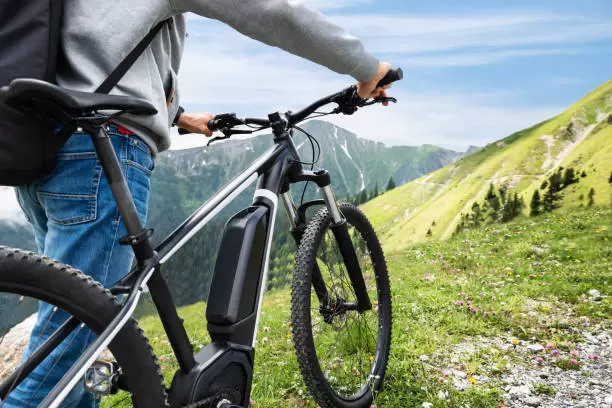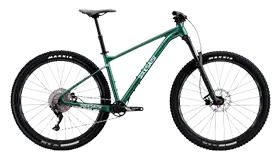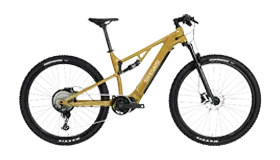Common Electric Bike Safety Regulations
Electric bikes, also known as e-bikes, have gained immense popularity in recent years, offering a convenient, eco-friendly, and enjoyable mode of transportation. However, as with any vehicle, it's crucial to adhere to safety regulations to ensure the well-being of riders, pedestrians, and other road users. Here's a comprehensive guide to common electric bike safety regulations:
Understanding E-Bike Classifications
Before delving into specific regulations, it's essential to understand the different e-bike classifications. These classifications determine the speed limit, motor power, and operational requirements for e-bikes.
Class 1 E-Bikes: These bikes have a pedal-assist motor that provides assistance up to 20 mph on level ground. They are not required to be registered or licensed, and riders don't need a driver's license.
Class 2 E-Bikes: Similar to Class 1 bikes, Class 2 e-bikes have a pedal-assist motor with a 20 mph speed limit. However, they also have a throttle that allows riders to reach the assisted speed without pedaling. Class 2 e-bikes are not required to be registered or licensed, but riders must be at least 16 years old.
Class 3 E-Bikes: These bikes have a pedal-assist motor that can provide assistance up to 28 mph on level ground. They can also have a throttle, but the motor cuts off at 20 mph. Class 3 e-bikes are considered mopeds in most jurisdictions and require registration, licensing, and a driver's license.

General E-Bike Safety Regulations
Regardless of the classification, all e-bike riders must adhere to general safety regulations:
Obey Traffic Rules: E-bike riders are subject to the same traffic laws as other cyclists, including obeying traffic signals, stop signs, and yield signs.
Ride in the Designated Lane: When available, e-bike riders should use designated bike lanes or paths. If no bike lane is present, ride in the rightmost lane with traffic.
Use Lights at Night: E-bikes must be equipped with a front headlight and a rear taillight when riding at night or in low-visibility conditions.
Wear a Helmet: Riders of all ages are strongly encouraged to wear a helmet that meets safety standards.
Maintain Your E-Bike: Regularly inspect and maintain your e-bike to ensure it's in safe working condition. Check brakes, tires, lights, and other components regularly.
Additional Regulations for Specific Classes
In addition to general safety regulations, each e-bike class may have additional requirements:
Class 1 E-Bikes: No additional regulations apply to Class 1 e-bikes beyond the general safety rules.
Class 2 E-Bikes: Class 2 e-bikes may have restrictions on where they can be ridden, such as sidewalks or designated pedestrian areas.
Class 3 E-Bikes: Class 3 e-bikes may have additional safety requirements, such as mirrors and turn signals.
Local Regulations and Variations
It's important to note that e-bike regulations can vary from state to state and even from city to city. Always check the specific regulations in your area to ensure you're complying with all applicable laws.
Riding Responsibly and Safely
As an e-bike rider, it's your responsibility to ride safely and responsibly, sharing the road with respect for other road users. By following these safety regulations and staying informed about local laws, you can contribute to a safe and enjoyable experience for everyone.










